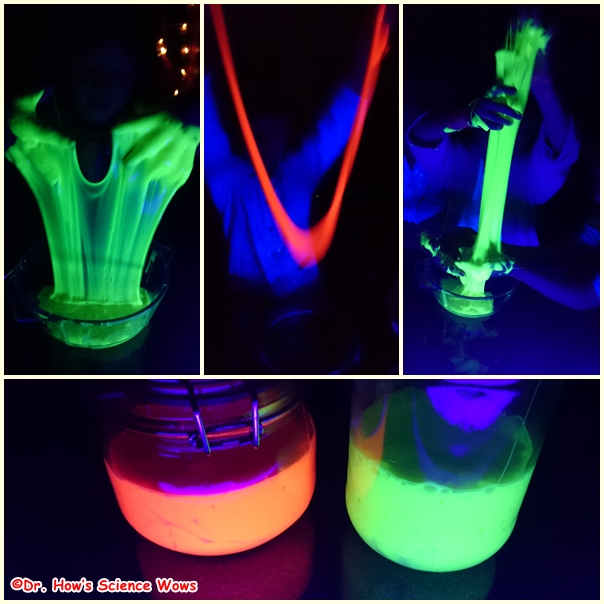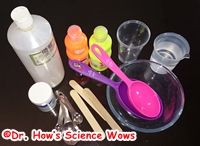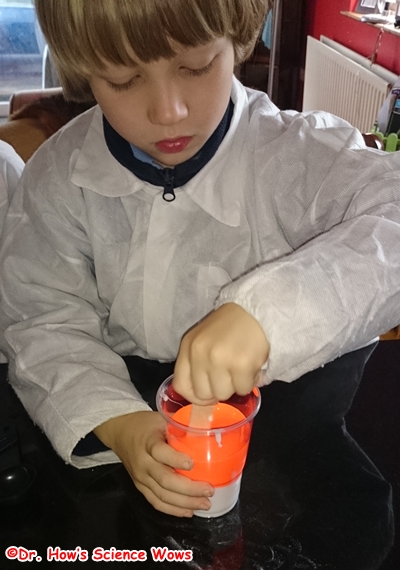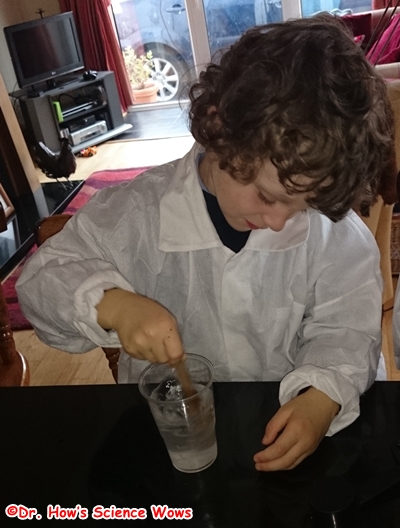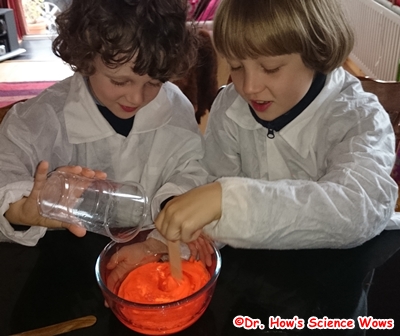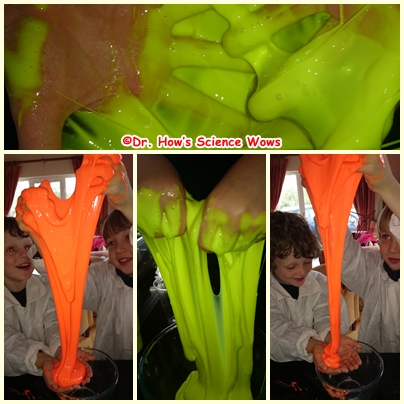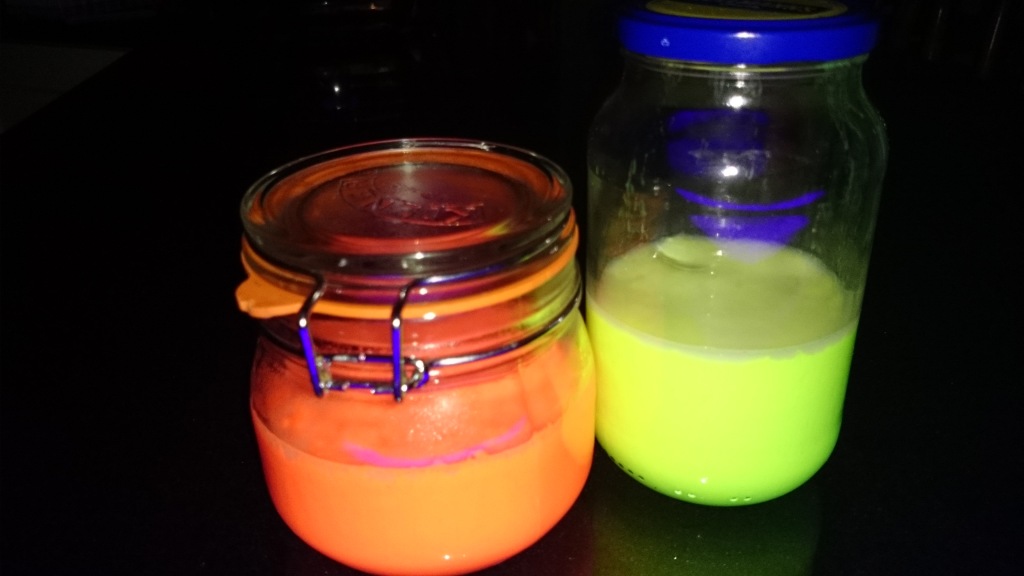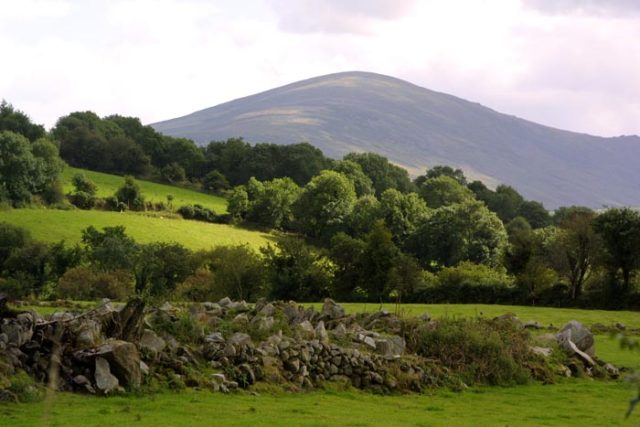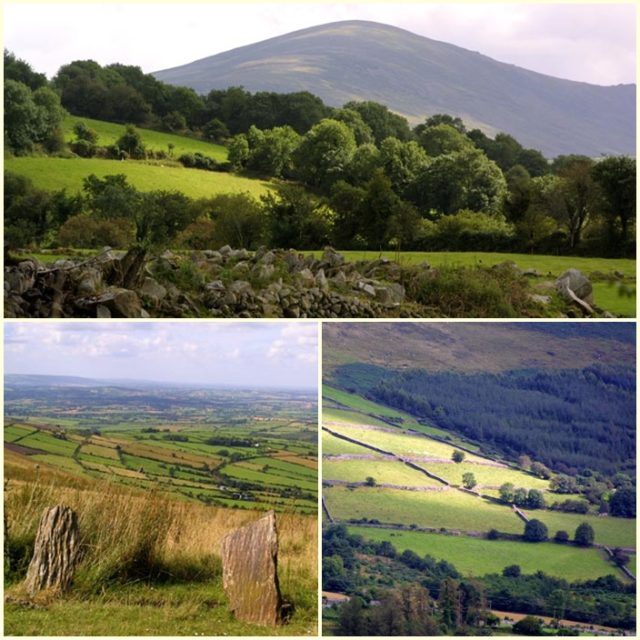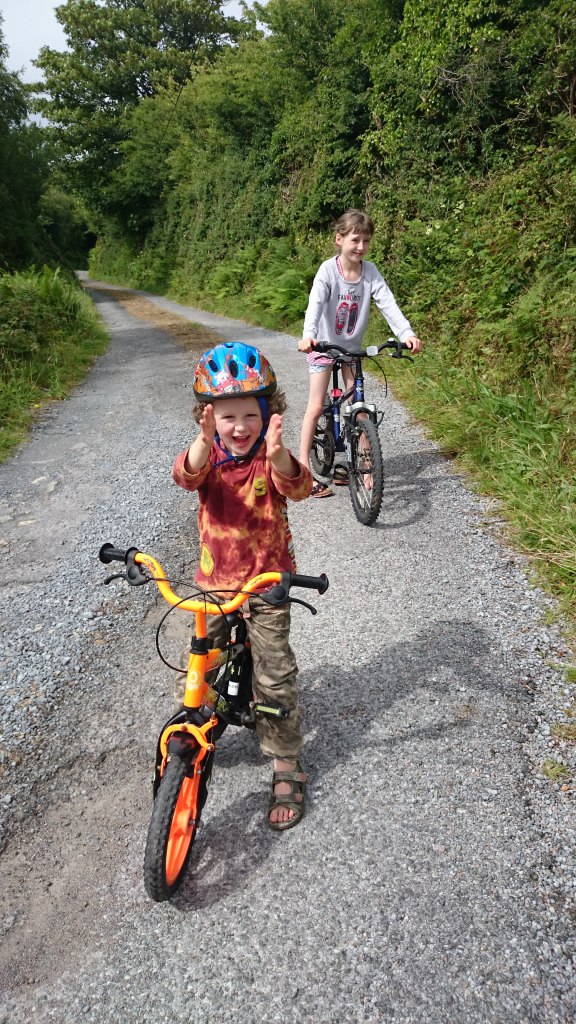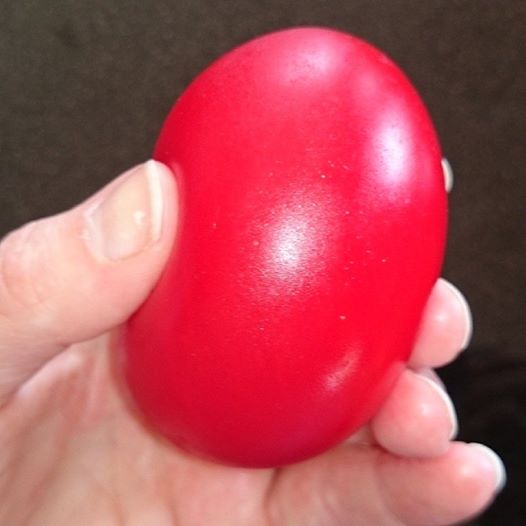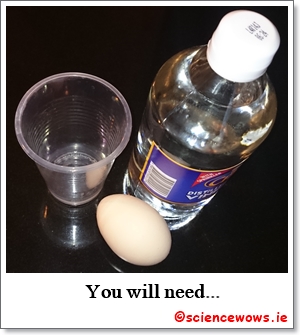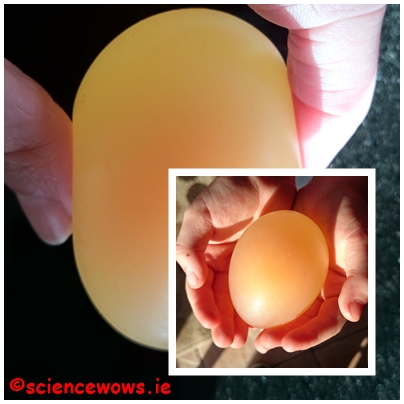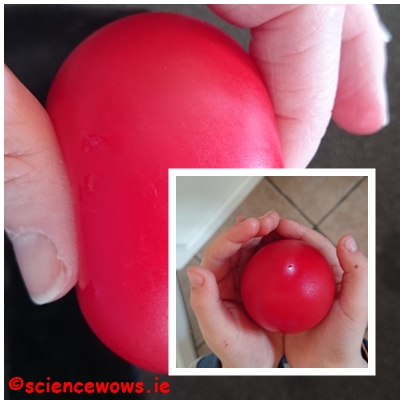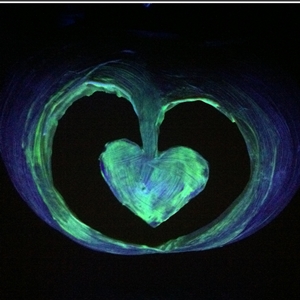Halloween is all about dressing up and sometimes you just need a little fake blood to really set an outfit off. We love making our own and with a little science knowledge you can get just the right consistency and colour that you are after.
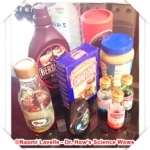
You will need…
- Smooth Peanut Butter
- Golden Syrup
- Washing up liquid
- Red food colouring
- Green food colouring
What to do…
This is one of these experiments that does not come with an exact protocol, just add the following ingredients until you are happy with the appearance of it, then apply and freak out all your friends!
When you think you have the fake blood just the way you like it do a little test on a white cloth or tissue and adjust further if necessary.
If you want to experiment a little more try making your own fake blood choosing your ingredients from the following list:
- Smooth Peanut Butter
- Golden Syrup
- Washing up liquid
- Red food colouring
- Green food colouring
- Blue food colouring
- Chocolate syrup
- Cornflour
- Cocoa powder
- Ribena
- Chocolate syrup
- Tomato ketchup
- Brown Sauce
So what is happening?…
The trick to making good fake blood is to get the colour and consistency right. The food colouring, washing up liquid, cocoa powder, ribena, peanut butter and ketchup will all influence the colour of the blood. You want to get a dark colour, deep red colour so the chocolate and green food colouring will often give the red a darker effect.
It is not just about the right colour though, the consistency of the blood is important too. The cornflour will thicken the blood and make the colour more transparent, as will the peanut butter, syrup and washing up liquid.
The fun is in mixing and changing until you get your ideal fake blood, then apply and freak out your friends and family, all in the name of Halloween fun.
Enjoy!

